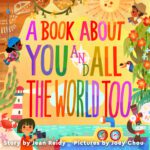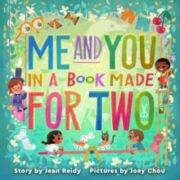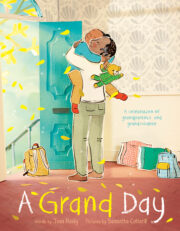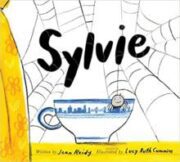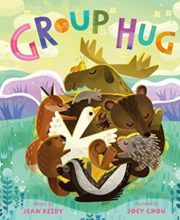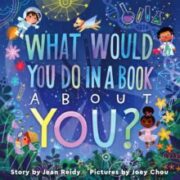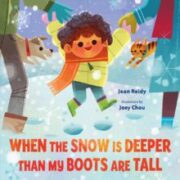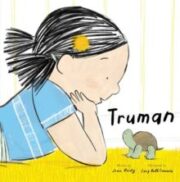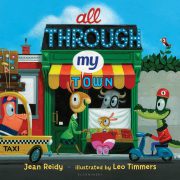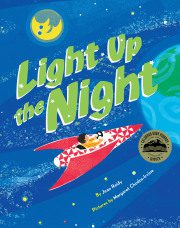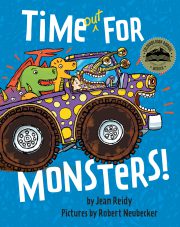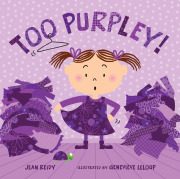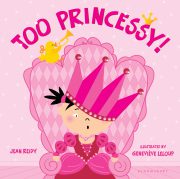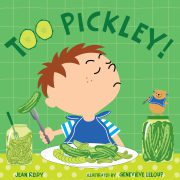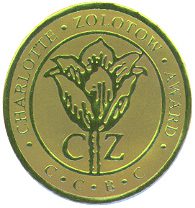 With the grand ALA award celebrations swiftly approaching (and yes, I’ll be rising early to tune into the live stream of excitement) other awards sometimes get overlooked. One of those is the Charlotte Zolotow Award – it is one of the only major awards given for picture book text. Here’s the description from the award website:
With the grand ALA award celebrations swiftly approaching (and yes, I’ll be rising early to tune into the live stream of excitement) other awards sometimes get overlooked. One of those is the Charlotte Zolotow Award – it is one of the only major awards given for picture book text. Here’s the description from the award website:
The Charlotte Zolotow Award is given annually to the author of the best picture book text published in the United States in the preceding year. Established in 1998, the award is named to honor the work of Charlotte Zolotow, a distinguished children’s book editor for 38 years with Harper Junior Books, and author of more than 70 picture books, including such classic works as Mr. Rabbit and the Lovely Present (Harper, 1962) and William’s Doll (Harper, 1972). Ms. Zolotow attended the University of Wisconsin in Madison on a writing scholarship from 1933-36 where she studied with Professor Helen C. White.
 The award is administered by the Cooperative Children’s Book Center, a children’s literature library of the School of Education, University of Wisconsin-Madison. Each year a committee of children’s literature experts selects the winner from the books published in the preceding year. The winner is announced in January each year. A bronze medallion is formally presented to the winning author in the spring during an annual public event that honors the career of Charlotte Zolotow.
The award is administered by the Cooperative Children’s Book Center, a children’s literature library of the School of Education, University of Wisconsin-Madison. Each year a committee of children’s literature experts selects the winner from the books published in the preceding year. The winner is announced in January each year. A bronze medallion is formally presented to the winning author in the spring during an annual public event that honors the career of Charlotte Zolotow.
With all of that said, I’m overwhelmed with emotion and very, VERY honored, to have TRUMAN recognized as a Charlotte Zolotow Honor Book.
This makes my heart soar!
Thank you to the committee and to the fabulous team of Lucy Ruth Cummins, Emma Ledbetter, Alexa Pastor, Erin Murphy and all my friends at Atheneum/Simon & Schuster!
Congratulations to the gold medal winner!
And my fellow honorees!




And thank you to young readers everywhere!


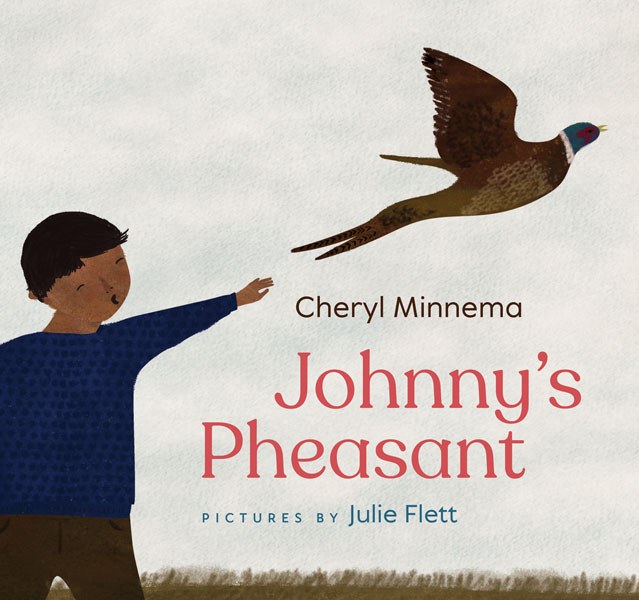
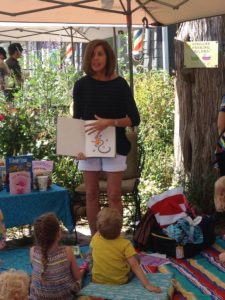
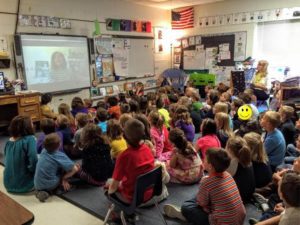
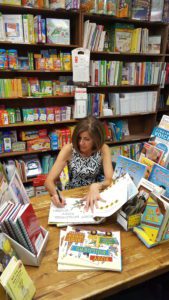
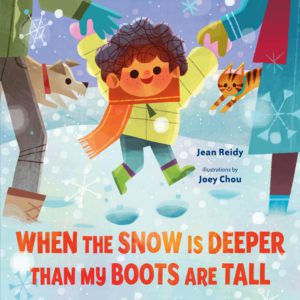
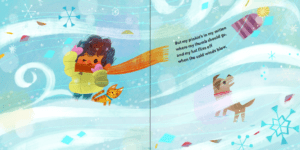
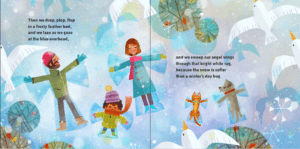
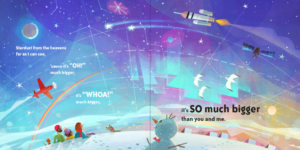

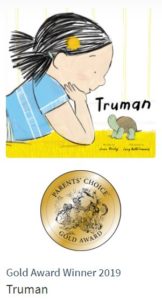 In the “treats” category today – TRUMAN has been selected as a Parents’ Choice Gold Award Winner! Lucy Ruth Cummins and I are so VERY honored. No celebratory donuts handy. But then again, all that Halloween candy is just sitting there … hmmmmm.
In the “treats” category today – TRUMAN has been selected as a Parents’ Choice Gold Award Winner! Lucy Ruth Cummins and I are so VERY honored. No celebratory donuts handy. But then again, all that Halloween candy is just sitting there … hmmmmm. I love when a reviewer so completely understands a book.
I love when a reviewer so completely understands a book.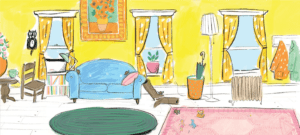 “Most picture books chronicling the first day of school focus on the small humans experiencing that rite of passage, but here the star is one such child’s intrepid pet tortoise. Truman lives in the big city with ‘his Sarah,’ who leaves one day with a backpack. She also places two extra green beans (uh-oh) in his tank and tells him to be brave. When, from the window, Truman sees her board the #11 bus going south, he knows he will have to go after her. Thus begins his slow-moving journey…across the living room, the pink floor rug being the most daunting obstacle: ‘Without Sarah, their home seemed vast and uncharted and unsettling.’ Just as he’s about to slip under the front door, Sarah returns, touched by his bravery and determination. At the heart of this story, paralleling a child’s own first journey into the unknown that is school, is the affectionate relationship between Sarah and Truman (Sarah regularly kisses her finger and touches it to his shell), and there’s much humor and drama in Truman’s exertions. Cummins’s relaxed-line, mixed-media illustrations bring the family’s cozy world to life, and the occasional use of a larger, bolder font emphasizes the heroics needed for Truman’s journey.
“Most picture books chronicling the first day of school focus on the small humans experiencing that rite of passage, but here the star is one such child’s intrepid pet tortoise. Truman lives in the big city with ‘his Sarah,’ who leaves one day with a backpack. She also places two extra green beans (uh-oh) in his tank and tells him to be brave. When, from the window, Truman sees her board the #11 bus going south, he knows he will have to go after her. Thus begins his slow-moving journey…across the living room, the pink floor rug being the most daunting obstacle: ‘Without Sarah, their home seemed vast and uncharted and unsettling.’ Just as he’s about to slip under the front door, Sarah returns, touched by his bravery and determination. At the heart of this story, paralleling a child’s own first journey into the unknown that is school, is the affectionate relationship between Sarah and Truman (Sarah regularly kisses her finger and touches it to his shell), and there’s much humor and drama in Truman’s exertions. Cummins’s relaxed-line, mixed-media illustrations bring the family’s cozy world to life, and the occasional use of a larger, bolder font emphasizes the heroics needed for Truman’s journey.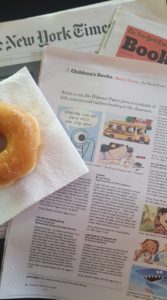 Walking to the store reminds me of my once “big city” life. And while today I heard no honking taxis or growling trash trucks or shrieking cars, I did buy a big city newspaper and a donut … because it’s not every day that a tiny urban tortoise makes his New York Times debut.
Walking to the store reminds me of my once “big city” life. And while today I heard no honking taxis or growling trash trucks or shrieking cars, I did buy a big city newspaper and a donut … because it’s not every day that a tiny urban tortoise makes his New York Times debut.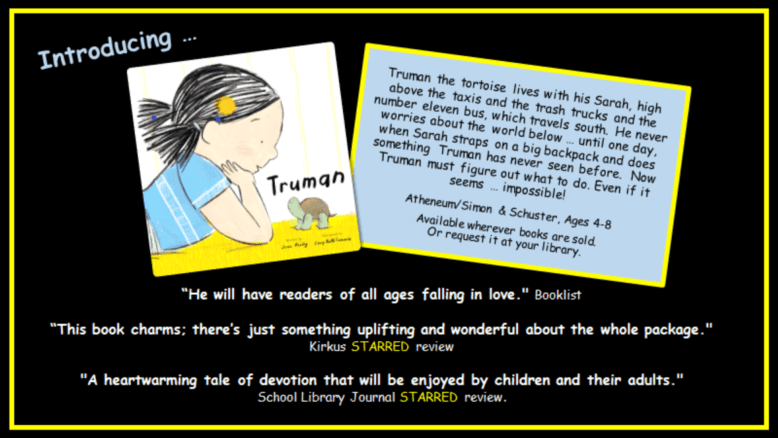 I’m thrilled to introduce you to my latest book TRUMAN!
I’m thrilled to introduce you to my latest book TRUMAN! This time from School Library Journal. I’m brimming with pride!
This time from School Library Journal. I’m brimming with pride! What a way to start the week! This review makes my heart sing. Oh, Booklist – Truman and I thank you!
What a way to start the week! This review makes my heart sing. Oh, Booklist – Truman and I thank you!